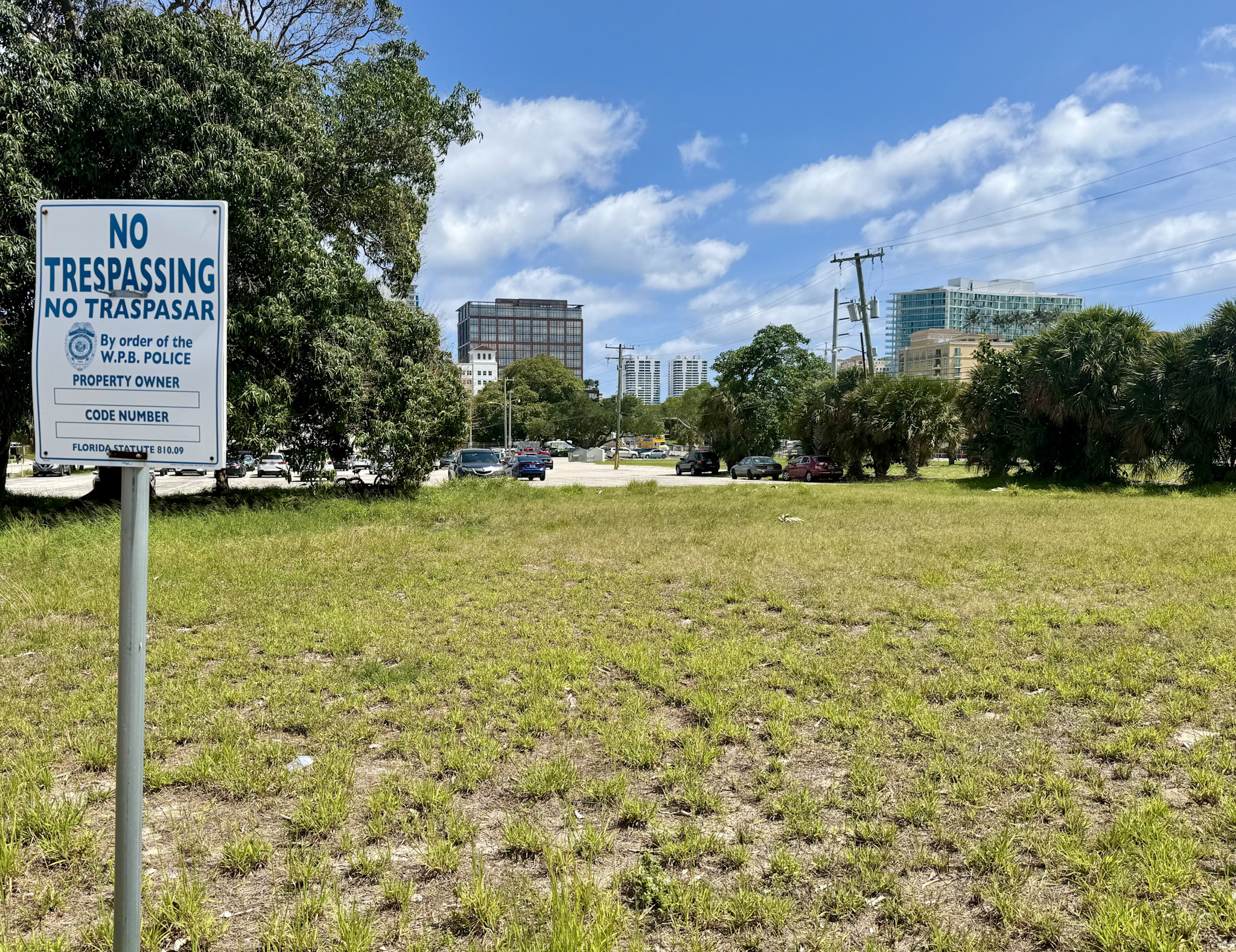
Report on Sustainable Urban Lighting for Biodiversity and Society
Introduction
Urban planners face the critical challenge of balancing the reduction of artificial lighting to protect biodiversity with the need to ensure comfort and safety for urban residents during nighttime. This balance is essential for supporting sustainable urban living but remains underexplored in existing research. This report presents an integrated approach combining remote sensing, ecological modeling, and socioeconomic analysis to identify optimal street-lighting strategies that align with the Sustainable Development Goals (SDGs), particularly those related to sustainable cities and communities (SDG 11), life on land (SDG 15), and good health and well-being (SDG 3).
Methodology
- Ecological Assessment: Utilized remote sensing and ecological modeling to evaluate species’ requirements concerning light pollution reduction.
- Socioeconomic Evaluation: Conducted socioeconomic modeling to assess human residents’ acceptance of various street-lighting modifications.
- Integration and Application: Developed an RShiny application to enable urban planners to prioritize lighting actions on a streetlight-by-streetlight basis, facilitating context-specific decision-making.
Findings
- Tradeoffs and Synergies: The study revealed that depending on spatial context, implementing light-pollution mitigation measures can result in both tradeoffs and synergies between biodiversity protection and human comfort.
- Context-Specific Policies: Emphasized the importance of tailoring lighting policies to the unique environmental and social contexts of urban areas rather than applying universal solutions.
- Urban Biodiversity Conservation: Highlighted how strategic lighting adjustments contribute to conserving urban biodiversity, supporting SDG 15 (Life on Land).
- Enhancing Urban Well-being: Addressed the need to maintain urban residents’ safety and comfort, aligning with SDG 3 (Good Health and Well-being) and SDG 11 (Sustainable Cities and Communities).
Implications for Sustainable Development Goals
- SDG 11 – Sustainable Cities and Communities:
- Promotes safe, inclusive, and sustainable urban environments through optimized street lighting.
- Supports urban planning that integrates ecological and social considerations.
- SDG 15 – Life on Land:
- Mitigates the adverse effects of artificial lighting on biodiversity and ecosystem connectivity.
- Encourages conservation efforts within urban landscapes.
- SDG 3 – Good Health and Well-being:
- Ensures urban residents’ nighttime safety and comfort while reducing light pollution.
- Addresses potential health impacts associated with artificial nighttime lighting.
- SDG 13 – Climate Action:
- By optimizing lighting, contributes to energy efficiency and reduction of greenhouse gas emissions.
Tools and Resources
- SustainLights RShiny Application: Accessible at https://sustainlight.sk8.inrae.fr/, this tool assists urban planners in making informed lighting decisions.
- Data Availability: Data supporting the application are available via Zenodo at https://zenodo.org/records/14926418.
- Software Plugins:
- LightPollutionToolbox QGIS plugin: https://plugins.qgis.org/plugins/LightPollutionToolbox/
- Biodispersal QGIS plugin: https://plugins.qgis.org/plugins/BioDispersal/
Conclusion
The integrated approach to urban lighting planning presented in this study offers a pathway to achieve multiple Sustainable Development Goals by harmonizing biodiversity conservation with human well-being in urban settings. The findings advocate for adaptive, context-sensitive lighting policies that recognize the complex interactions between ecological and social systems, thereby promoting sustainable urban development.
1. Sustainable Development Goals (SDGs) Addressed
- SDG 11: Sustainable Cities and Communities
- The article focuses on urban planning and sustainable urban lighting in Montpellier, France, aiming to balance human comfort and biodiversity protection.
- SDG 15: Life on Land
- Protection of biodiversity by reducing light pollution and assessing species’ requirements is a central theme.
- SDG 3: Good Health and Well-being
- Ensuring urban residents’ comfort and safety at night relates to health and well-being.
- SDG 7: Affordable and Clean Energy
- Mitigation of light pollution through efficient street-lighting adjustments implies energy efficiency considerations.
2. Specific Targets Under the Identified SDGs
- SDG 11: Sustainable Cities and Communities
- Target 11.7: Provide universal access to safe, inclusive and accessible, green and public spaces, particularly for vulnerable populations.
- Target 11.6: Reduce the adverse per capita environmental impact of cities, including by paying special attention to air quality and municipal and other waste management.
- SDG 15: Life on Land
- Target 15.5: Take urgent and significant action to reduce the degradation of natural habitats, halt the loss of biodiversity, and protect and prevent the extinction of threatened species.
- SDG 3: Good Health and Well-being
- Target 3.9: Reduce the number of deaths and illnesses from hazardous chemicals and air, water and soil pollution and contamination.
- SDG 7: Affordable and Clean Energy
- Target 7.3: Double the global rate of improvement in energy efficiency.
3. Indicators Mentioned or Implied to Measure Progress
- Light Pollution Indicators
- The article mentions the use of remote sensing and ecological modeling to assess light pollution levels and their impact on biodiversity.
- Figures referenced (e.g., Fig. 2) show results for light pollution indicators, implying measurement of artificial light intensity and spatial distribution.
- Ecological Impact Indicators
- Assessment of species’ requirements and landscape connectivity loss due to light pollution (Fig. 3) serves as an indicator of biodiversity health and habitat connectivity.
- Socioeconomic Acceptance Indicators
- Human residents’ acceptance of street-lighting adjustments is evaluated through socioeconomic modeling and acceptability score maps (Fig. 4), indicating social acceptance as a progress indicator.
- Urban Lighting Optimization
- The development of an RShiny application to prioritize streetlight actions implies the use of decision-support indicators combining ecological and social data.
4. Table of SDGs, Targets, and Indicators
| SDGs | Targets | Indicators |
|---|---|---|
| SDG 11: Sustainable Cities and Communities |
|
|
| SDG 15: Life on Land |
|
|
| SDG 3: Good Health and Well-being |
|
|
| SDG 7: Affordable and Clean Energy |
|
|
Source: nature.com







